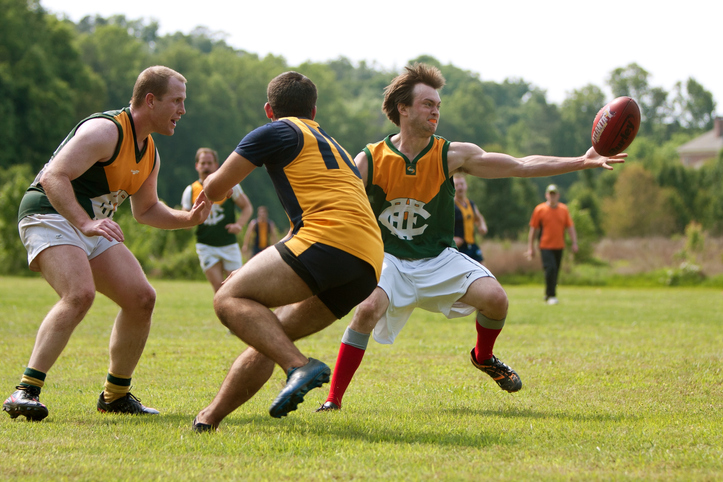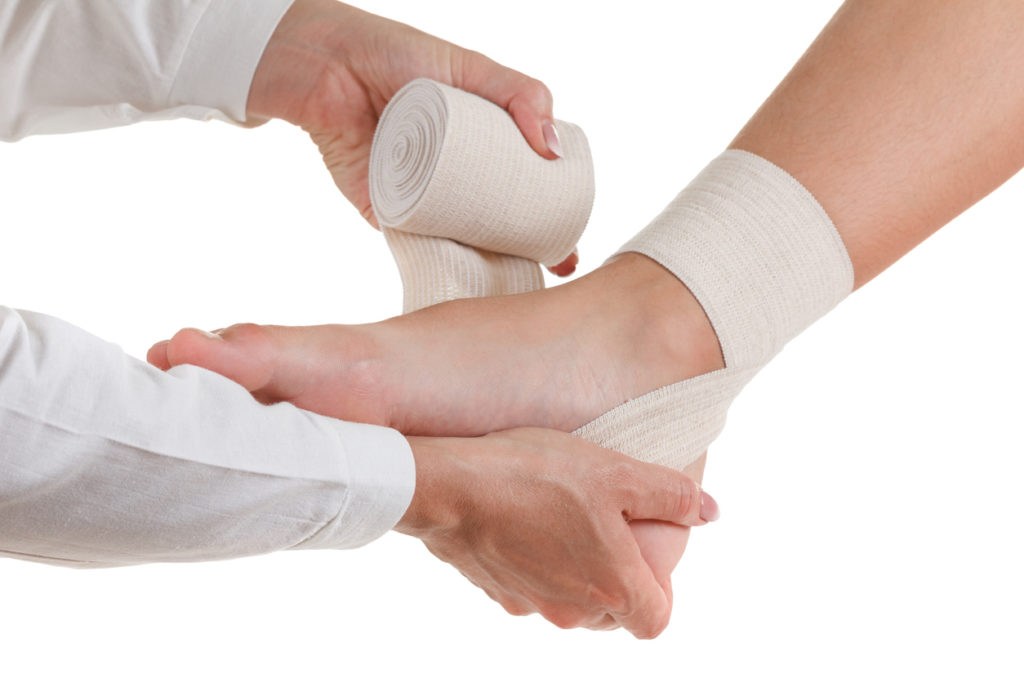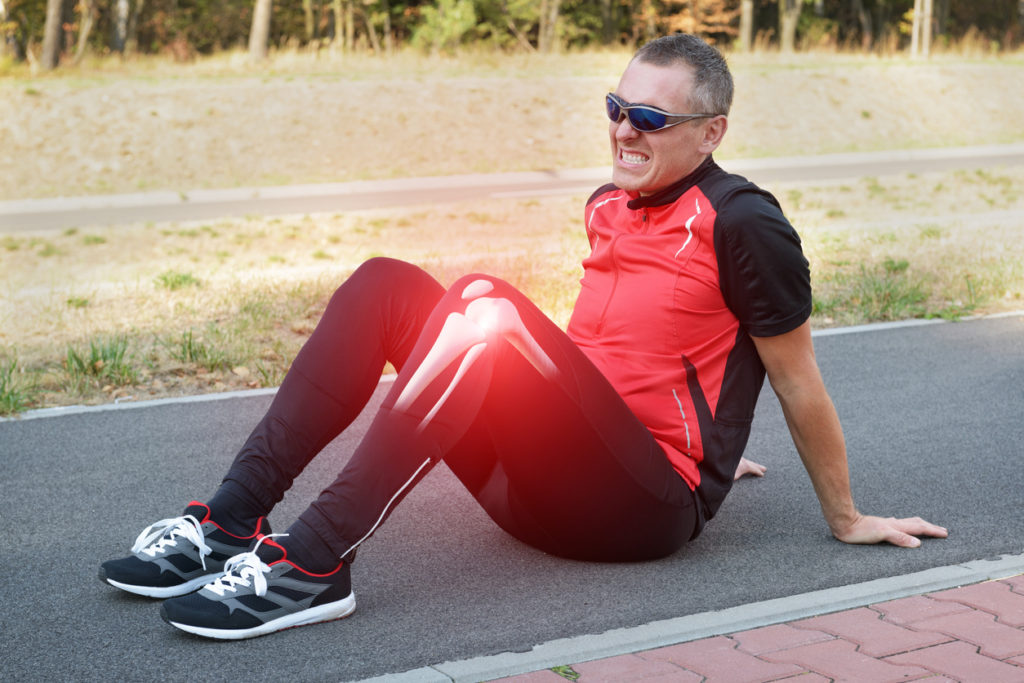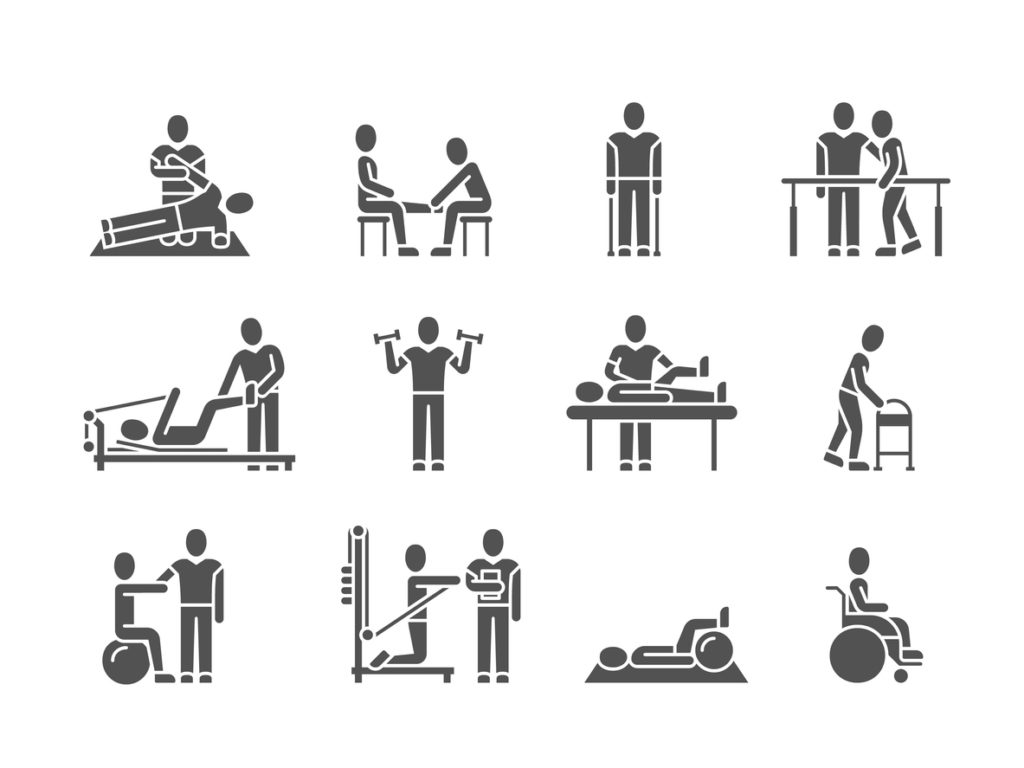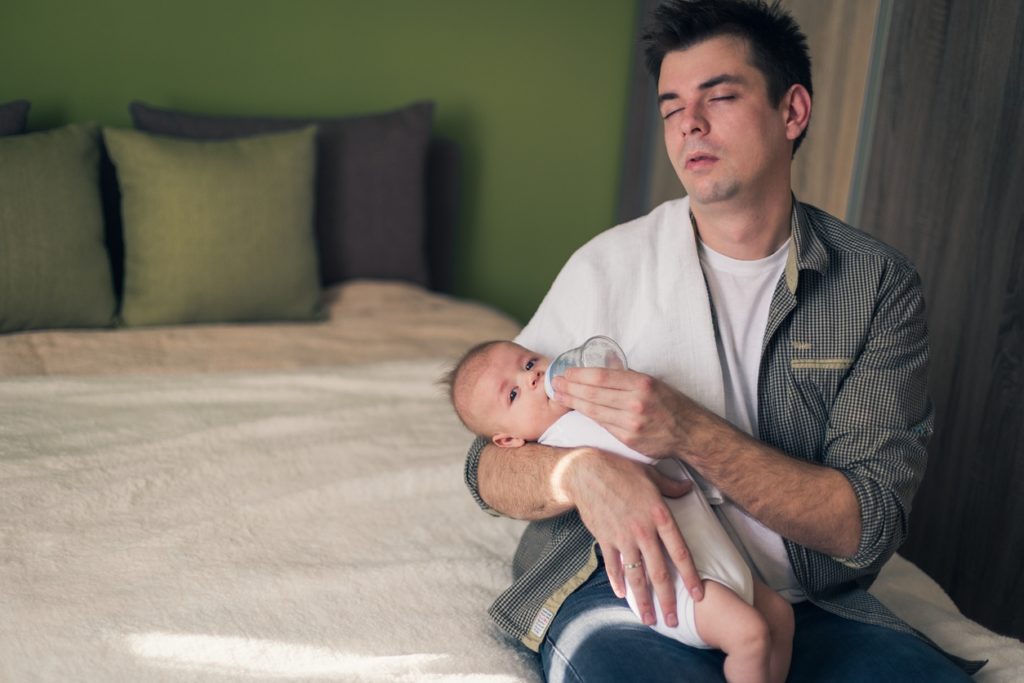This study will evaluate the possible use of bone marrow stromal cells-a type of cell related to bone and fibrous tissue-for jaw bone grafting. When a tooth is lost or removed, there is usually a gradual loss of bony tissue from the jawbone at the site of the missing tooth. This bone loss causes fragility that can extend and contribute to further tooth loss, and can make the use of dental implants less feasible. Stromal cells may become a source of cells for jawbone grafting to strengthen these areas.
Official Title
Bone Regeneration Using Marrow Stromal Cells
Conditions
– Bone Disease- Craniofacial Abnormality
Study Type
Obserrvational
Study Design
Natural History
Further Details
Normal volunteers between the ages of 18 and 70 years may be eligible for this study. Participants will fill out a medical history questionnaire, donate a small sample of bone marrow, and undergo a marrow biopsy, if needed. Bone marrow is aspirated from the ridge of the pelvic (hip) bone. For this procedure, the area is anesthetized with an injection of lidocaine, a needle is inserted into the bone and some marrow is sucked out into a syringe attached to the needle. If a biopsy specimen is needed, a special instrument is passed through the same spot as the aspiration and a small piece of bone marrow is taken out. The procedure takes about half an hour. Deficient or inappropriate healing of bone impacts clinical decision-making and treatment options in orthopedics, oral and maxillofacial surgery, plastic surgery and periodontics. While a number of auto- and allografting techniques have been used to regenerate craniofacial defects caused by infective, neoplastic or trauma-induced bone loss, each method has significant limitations. Our research group in the Craniofacial and Skeletal Diseases Branch of NIDR has developed methods to culture and expand cell populations derived from mouse bone marrow stroma. We believe that an important next step is to apply the information gained in animal studies to treat osseous defects in humans. We propose to examine the potential of cultured human bone marrow stromal cells to serve as an abundant source of osteoblastic progenitor cells. These cells will ultimately be used to graft craniofacial osseous defects. In the course of this study we will: (1) develop methods for the propagation and enrichment of osteoblastic progenitor cells from bone marrow stroma; (2) test various vehicles for the transfer of bone marrow stromal cells to osseous defects in recipient animals; (3) determine optimal culturing and transplantation conditions for the eventual transplantation of bone marrow stromal cells into human recipients. These studies will define the parameters of bone marrow stromal cell transplantation and will generate models for future therapeutic strategies.
Study Start
Eligibility & Criteria
Genders Eligible for Study: Both Accepts Healthy VolunteersCriteria INCLUSION CRITERIAMales and females 18 years and older.EXCLUSION CRITERIASubjects may not have metabolic bone diseases, pregnancy or taking drugs affecting skeletal metabolism.
Total Enrolment
60
Contact Details
[1] National Institute of Dental and Craniofacial Research (NIDCR) (US)All content and media on the HealthEngine Blog is created and published online for informational purposes only. It is not intended to be a substitute for professional medical advice and should not be relied on as health or personal advice. Always seek the guidance of your doctor or other qualified health professional with any questions you may have regarding your health or a medical condition. Never disregard the advice of a medical professional, or delay in seeking it because of something you have read on this Website. If you think you may have a medical emergency, call your doctor, go to the nearest hospital emergency department, or call the emergency services immediately.

